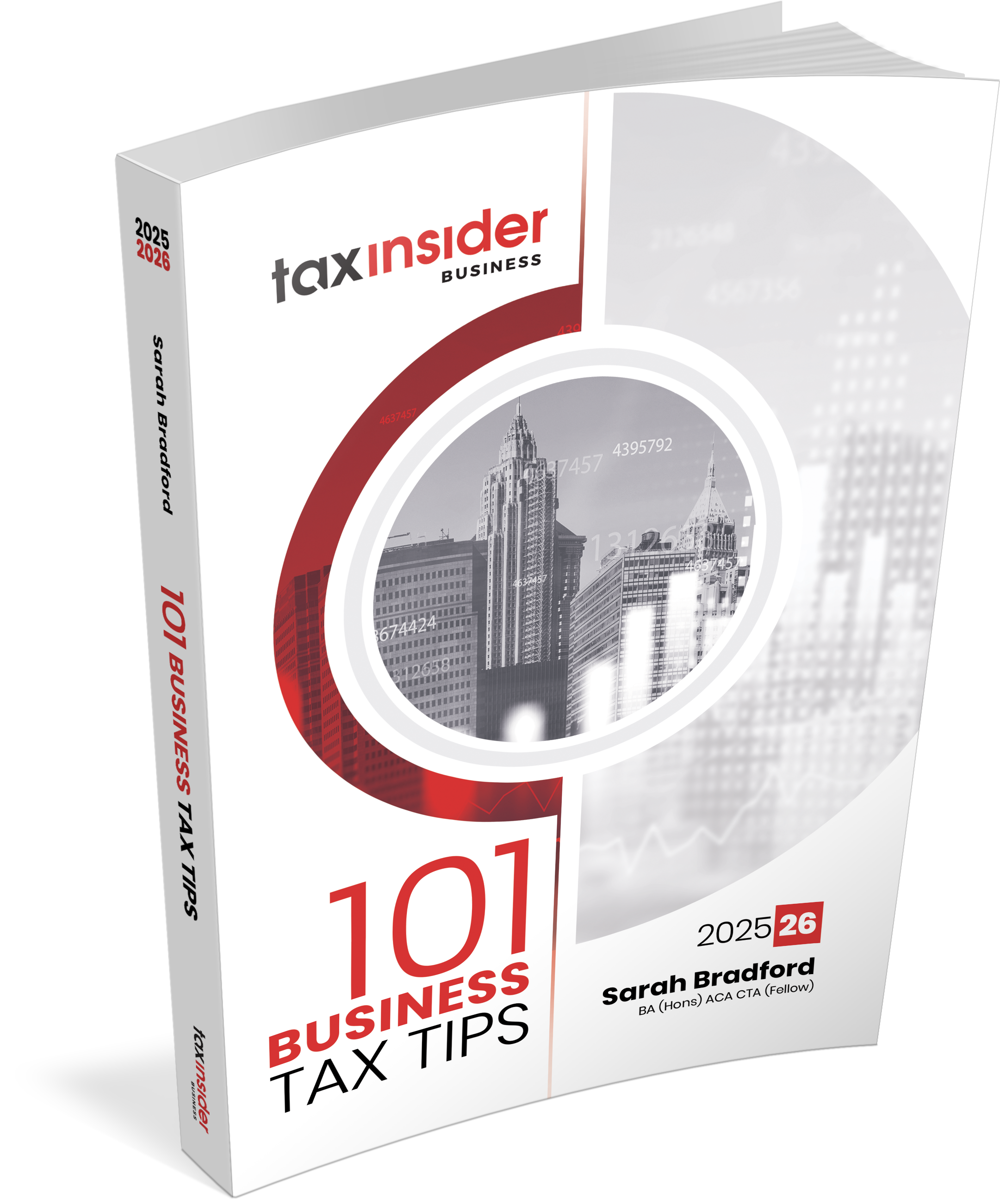 The following article is an excerpt taken from the guide 101 Business Tax Tips 2025/26 edition.
The following article is an excerpt taken from the guide 101 Business Tax Tips 2025/26 edition.
-------------------------
One of the perceived major benefits of incorporation is the ability to extract profits from the company by way of dividends. The main advantage is the National Insurance saving, as no NICs are payable on dividends, whereas a salary payment would attract employee NICs of 8% (or 2% once the upper earnings limit has been reached) and employer NICs of 15% (2025/26 figures) once the salary exceeds the primary and secondary thresholds.
All taxpayers receive a dividend ‘allowance’, regardless of their marginal rate of tax. This dividend allowance is set at £500 for 2025/26. Although the fall in the dividend allowance in recent years has reduced the ability to extract profits as dividends free of further tax, it still remains beneficial to extract further profits as dividends once the optimal salary has been paid.
The dividend allowance is not an ‘allowance’ as such, rather it is a zero-rate band which taxes the first £500 of taxable dividend income at a rate of 0%. Thereafter, for 2025/26, dividends (which are treated as the top slice of taxable income) are taxed at 8.75% to the extent that they fall within the basic rate band, 33.75% to the extent that they fall with the higher rate band and 39.35% to the extent that they fall within the additional rate band.
A payment of salary will attract tax at the taxpayer’s marginal rate of income tax (20%, 40% or 45% (or, for Scottish taxpayers, at the relevant Scottish rate)). However, salary payments are deductible in calculating profit for corporation tax purposes, unlike dividends which must be paid out of after-tax profits.
A dividend can only be paid if there are sufficient retained profits. In addition, various company law requirements must be met.
It is not simply a case that dividends are always best, although in many cases, taking dividends will result in less tax and National Insurance than taking a salary payment. However, it must be remembered that dividends have already suffered corporation tax at a rate of between 19% and 25% depending on the level of the company’s profits.
The best result will depend on the circumstances, as the decision whether to take salary or dividends will depend on the interaction of various factors – respective rates of income tax, corporation tax and NIC, any other income that the taxpayer has and whether the company has sufficient retained profits.
To decide whether to extract profits by way of a dividend or a salary, crunch the numbers first. (The rates applying for 2025/26 and the financial year 2025 are used in the example.)
Remuneration Or Dividend? |
|
Paul is the director of a small company. He has profits of £20,000 (before corporation tax) and wants to know whether to extract them by way of a salary or a dividend. It is assumed that he has already received a small salary equal to his personal allowance. |
|
He has a small number of employees and has utilised the NIC employment allowance in respect of employer’s NIC payable on earnings paid to his employees. |
|
Via salary |
|
Profits £20,000 |
|
Less employer’s NIC @15% (£2,609) |
|
Available to pay as salary £17,391 |
|
Less income tax @ 20% (£3,478) |
|
Less NIC @ 8% (£1,391) |
|
Retained by shareholder £12,522Amende |
|
There is no corporation tax to pay as taxable profits are reduced to nil after deducting salary of £17,391 and employer’s NIC on that salary of £2,609. |
|
Via dividend |
|
Profits £20,000 |
|
Less corporation tax @ 19% (£3,800) |
|
Distributed as a dividend £16,200 |
|
Income tax (£1,374) |
|
Retained by shareholder £14,826 |
|
The whole dividend falls within the basic rate band (£37,700 for 2025/26). The first £500 of the dividend is taxed at 0% and the remaining £15,700 is taxed at 8.75%. The total tax payable on the dividend is therefore £1,374 ((£500 @ 0%) + (£15,700 @ 8.75%)). |
|
In this situation, Paul is better off by paying a dividend as he is able to retain £14,826 of the profits, as compared to retaining only £12,522 if they are extracted by way of a salary payment. |



